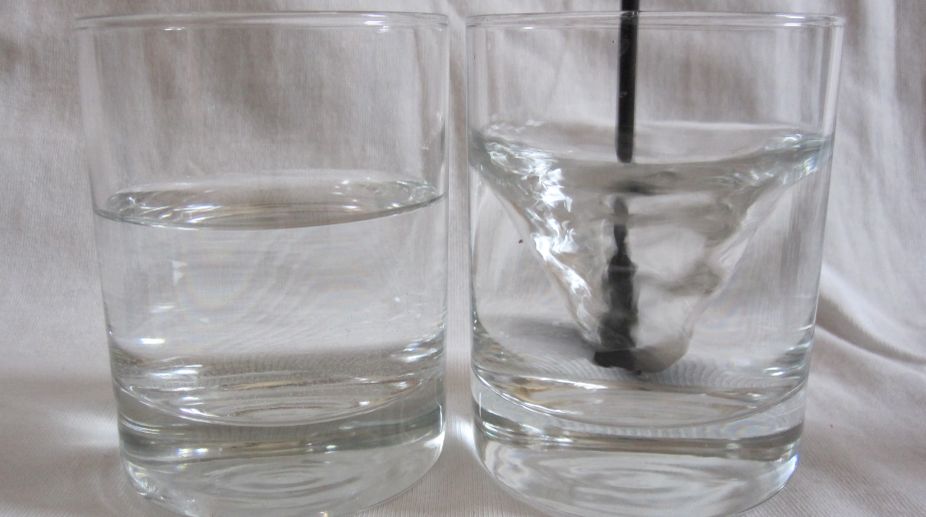Water comes in two different forms — low density and high density, new research has found.
Researchers have known for a long time that ice can exist in two forms — an ordered, crystalline phase and an amorphous, or disordered phase — and that there are two forms of amorphous ice with low and high density.
In this study, the researchers investigated whether liquid water can also have low- and high-density forms.
"The new results give very strong support to a picture where water at room temperature can't decide in which of the two forms it should be, high or low density, which results in local fluctuations between the two," said Lars G.M. Pettersson, Professor in Theoretical Chemical Physics at Stockholm University, Sweden.
"In a nutshell: Water is not a complicated liquid, but two simple liquids with a complicated relationship," Pettersson added.
The results are based on experimental studies using X-rays, which were published in the journal Proceedings of the National Academy of Science.
These new results not only create an overall understanding of water at different temperatures and pressures, but also how water is affected by salts and biomolecules important for life.
The researchers believe that the increased understanding of water can lead to new insights on how to purify and desalinate water in the future.
Water has many strange or anomalous properties and behaves very differently from all other liquids.
Some examples are the melting point, the density, the heat capacity, and all-in-all there are more than 70 properties of water that differ from most liquids. These anomalous properties of water are a prerequisite for life as we know it.
"The new remarkable property is that we find that water can exist as two different liquids at low temperatures where ice crystallisation is slow," Anders Nilsson, Professor in Chemical Physics at Stockholm University, said.











